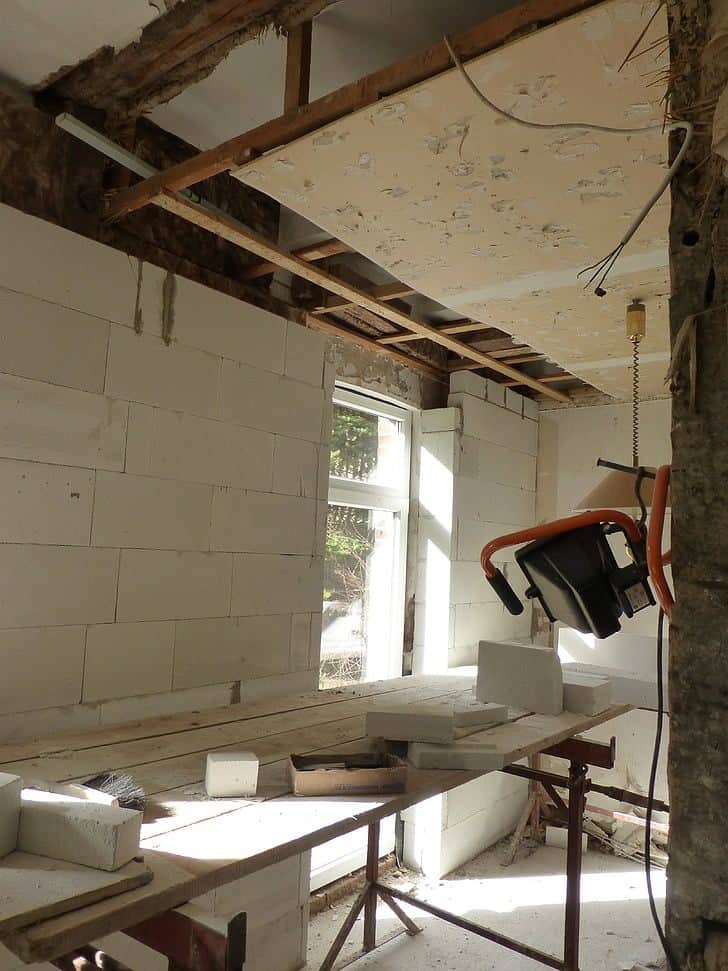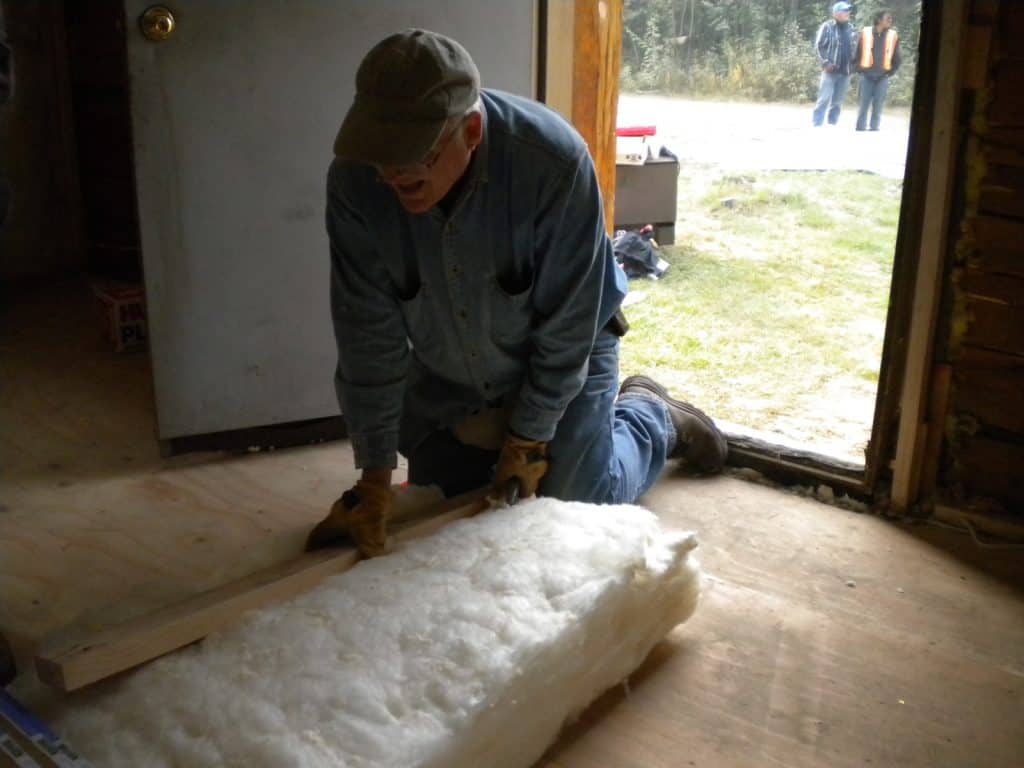Jump to:
A summer house proves to be versatile for year-round use, even during wintertime. But for such a structure to withstand the colder season, insulation is paramount. Without it, its purpose becomes restricted to warmer months, as its name would suggest.
In this guide, we’ll cover the three methods for summer house insulation: roof, wall, and floor, to give you some ideas.
Roof Insulation

Most of the heat escapes through the roof — cue roof summer house insulation. It traps warmth during the chilly months and blocks the sun’s heat during summer. This helps maintain an optimal temperature inside your garden room, whatever the weather.
The best place to install the insulation is within the joists. Cut insulation boards to size and fit them in place. Before that, you’ll also want to install a breathable membrane against the roof. Or try foil-backed insulation with built-in breather membranes. Then, deck out the underside of your roof with MDF or plywood boards to decorate it however you see fit.
Looking for options for your attic or crawl space? Loose-fill material works wonders. Consider spray foam insulation for sealing cracks and keeping out drafts and moisture. Use it as blanket insulation or in specific problem areas with high moisture levels.
Wall Insulation
Don’t overlook the walls, as they can be a major source of heat loss, too. The good thing is that insulating them is easy, just like the roof.
Start by laying down a breathable membrane, then cover it up with plywood or MDF for added strength. Here’s the nifty part: those joists within the walls might not be uniform, so check each gap before cutting the insulation to fit.
Got windows in your summerhouse? They can be a bit of a spanner in the works for wall insulation. While double-glazing might be the golden ticket, there’s a workaround. Install insulation around, over, and under, then slap on some solid boards to seal the deal. Voila, your summer house walls are now snug as a bug in a rug!
Double glazing
Double-glazed windows can improve heat retention, provided there are no gaps around them. They also help cut down condensation, protecting the summer house from dampness. If you’ve got draughts sneaking through your walls, sort them out pronto. Even the thickest windows won’t stand a chance against escaping heat if gaps are letting it slip away.
Floor Insulation

There are two ways to insulate the floor: above and underfloor insulation.
If you’re building a summerhouse from scratch, an underfloor is your best bet. Solid insulation boards fitted between the joist or beams below will do. Nail small pieces of wood to ensure the boards stay in place, or use an expanding insulation foam around the insulation boards.
The above-floor approach also works well if you want that added layer to reduce heat loss further. It minimises drafts and maintains a more consistent interior temperature. Simply lay rigid foam insulation boards on top of the existing floor surface. Secure in place with adhesive and finish with a new floor covering over the insulation layer.
Combining both for your summer house insulation can form a complete thermal barrier. This can be effective in regions with extreme temperature swings or high humidity.
And there you have it! Insulating the roof, walls, and floors can make sure your summer house stays cosy in winter and beyond. But if you’d rather skip the insulation work, check out our range of insulated summer houses instead.
If you have any further questions, please don’t hesitate to contact us at 01909 768840. Next on your reading list: How to Keep Your Summerhouse Cool During Summer










